The Courts and the testimony of handwriting experts
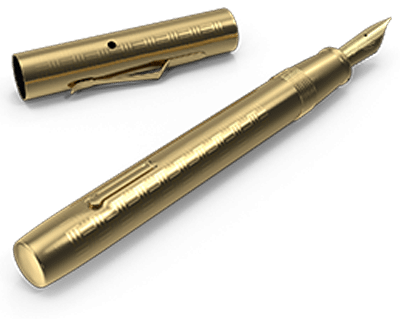
The opinion of an expert witness can be received as evidence.
In judging whether or not a document is forged, a Trial Court can hear the testimony of an expert witness who has “special knowledge, skill, experience or training” in the procedure involved in the examination of forged documents.
This is based on the rule on expert witnesses in the Rules of Evidence. Section 49 of Rule 130 has been interpreted by the Supreme Court as a firm basis on which the opinion of an expert witness on handwriting may be received in evidence. (Luisa Navarro Marcos vs. Heirs of Dr. Andres Navarro, G.R. No. 198240, July 3, 2013, citing Tamani vs. Salvador, G.R. No. 171497, April 4, 2011)
But the Supreme Court has also made clear that resorting to a handwriting expert is not mandatory. While probably useful, handwriting experts are not indispensable in examining or comparing handwriting. Besides, the Trial Court should come to its own careful conclusion about authenticity based on its own examination of the documents.
Supreme Court decisions
In Heirs of Gregorio, the Supreme Court said this about relying on handwriting experts:
Basic is the rule of evidence that when the subject of inquiry is the contents of a document, no evidence is admissible other than the original document itself except in the instances mentioned in Section 3, Rule 130 of the Revised Rules of Court. Mere photocopies of documents are inadmissible pursuant to the best evidence rule. This is especially true when the issue is that of forgery.
As a rule, forgery cannot be presumed and must be proved by clear, positive and convincing evidence and the burden of proof lies on the party alleging forgery. The best evidence of a forged signature in an instrument is the instrument itself reflecting the alleged forged signature. The fact of forgery can only be established by a comparison between the alleged forged signature and the authentic and genuine signature of the person whose signature is theorized upon to have been forged. Without the original document containing the alleged forged signature, one cannot make a definitive comparison which would establish forgery. A comparison based on a mere xerox copy or reproduction of the document under controversy cannot produce reliable results.
Petitioners claim that what was actually examined by the NBI expert on September 10, 1987, at the Office of the Register of Deeds of Quezon City was the original copy of the deed of sale dated July 14, 1971, but a fire accident supervened preventing its introduction during the trial.
This contention of petitioners is untenable. Due to the technicality of the procedure involved in the examination of forged documents, the expertise of questioned document examiners is usually helpful. However, resort to questioned document examiners is not mandatory and while probably useful, they are not indispensable in examining or comparing handwriting. A finding of forgery does not depend entirely on the testimony of handwriting experts. Although such testimony may be useful, the judge still exercises independent judgment on the issue of authenticity of the signatures under scrutiny. The judge cannot rely on the mere testimony of the handwriting expert. In the case of Gamido vs. Court of Appeals (citing the case of Alcon vs. Intermediate Appellate Court, 162 SCRA 833), the Court held that the authenticity of signatures
“… is not a highly technical issue in the same sense that questions concerning, e.g., quantum physics or topology or molecular biology, would constitute matters of a highly technical nature. The opinion of a handwriting expert on the genuineness of a questioned signature is certainly much less compelling upon a judge than an opinion rendered by a specialist on a highly technical issue.”
A judge must, therefore, conduct an independent examination of the signature itself in order to arrive at a reasonable conclusion as to its authenticity and this cannot be done without the original copy being produced in court.
In the Manzano vs. Garcia, the Supreme Court parsed the jurisprudence involving forgery and handwriting experts to affirm that a Trial Court need not rely on a handwriting expert to determine that something is forged:
In assailing the finding of the Court of Appeals that the signature of Garcia in the pacto de retro sale was forged, Vicente echoes the opinion of the trial court that Garcia should have presented an expert witness to prove the same. Jurisprudence, however, is replete with instances wherein this Court dispensed with the testimony of expert witnesses to prove forgeries. Thus, in Estacio v. Jaranilla, we held:
It bears stressing that the trial court may validly determine forgery from its own independent examination of the documentary evidence at hand. This the trial court judge can do without necessarily resorting to experts, especially when the question involved is mere handwriting similarity or dissimilarity, which can be determined by a visual comparison of a specimen of the questioned signatures with those of the currently existing ones. Section 22 of Rule 132 of the Rules of Court explicitly authorizes the court, by itself, to make a comparison of the disputed handwriting “with writings admitted or treated as genuine by the party against whom the evidence is offered, or proved to be genuine to the satisfaction of the judge.”
Similarly, in the fairly recent case of Pontaoe v. Pontaoe, this Court held:
As to the argument that handwriting experts should have been employed, handwriting experts are usually helpful in the examination of forged documents because of the technical procedure involved in analyzing them, but resort to these experts is not mandatory or indispensable to the examination or the comparison of handwriting. A finding of forgery does not depend entirely on the testimonies of handwriting experts, because the judge must conduct an examination of the questioned signature in order to arrive at a reasonable conclusion as to its authenticity. The opinions of handwriting experts are not binding upon courts, especially when the question involved is mere handwriting similarity or dissimilarity, which can be determined by a visual comparison of specimens of the questioned signatures with those of the currently existing ones. Moreover, Section 22 of Rule 132 of the Rules of Court likewise explicitly authorizes the court, by itself, to make a comparison of the disputed handwriting “with writings admitted or treated as genuine by the party against whom the evidence is offered, or proved to be genuine to the satisfaction of the judge.”
Insisting on the need to present an expert witness, Vicente points out our ruling in Rivera v. Turiano, wherein we declared:
While it is true that the testimonies of handwriting experts are not necessary, however, pursuant to the criteria enunciated in Ladignon, the private respondent must not only show material differences between or among the signatures. In addition, (1) he must demonstrate the extent, kind, and significance of the variation; (2) he must prove that the variation is due to the operation of a different personality and not merely an expected and inevitable variation found in the genuine writing of the same writer; and (3) he must show that the resemblance is a result of a more or less skillful imitation and not merely a habitual and characteristic resemblance which naturally appears in a genuine writing.
In the case at bar, however, the variance in the alleged signature of Garcia in the pacto de retro sale, on one hand, and in the evidence on record and in the verifications of the pleadings before this Court and the courts a quo, on the other hand, was enormous and obvious, such that this Court can readily conclude that the pacto de retro sale was in all likelihood made by someone who has not even seen the customary signature of Garcia.
Handwriting experts and trial
One expert handwriting witness might be presented by the Prosecution to testify that a signature was forged. This expert then elaborates on details to show how a varying whorl on a letter and the change in weight behind the pen indicate that a different person signed two similar signatures. The Defense, in turn, may call on a different handwriting expert to testify to the exact opposite. This expert then identifies a preponderance of similarities in the two signatures and swear to the Trial Court that the same person signed both.
Such occasions where a judge or justice steps out from behind his figurative robe illuminate how much latitude he has, and how personal idiosyncrasies can determine the outcome of a case.

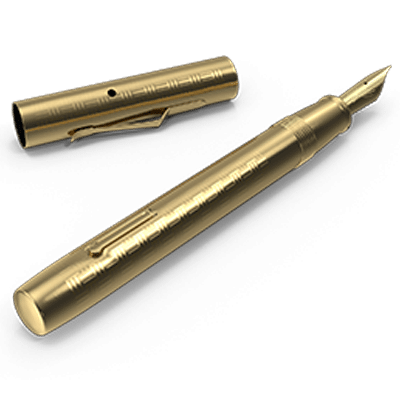
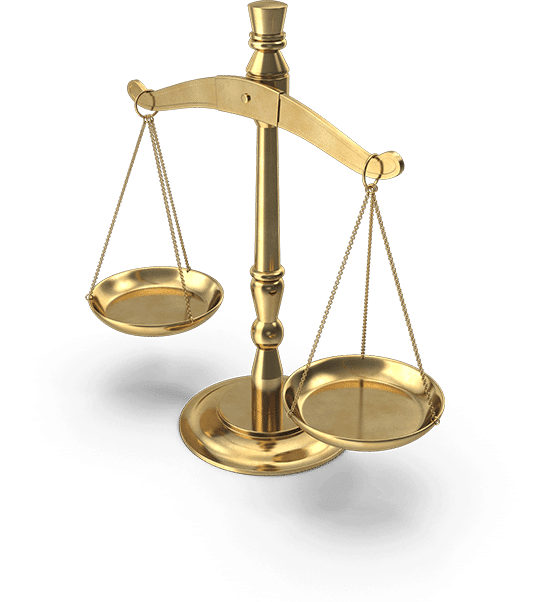
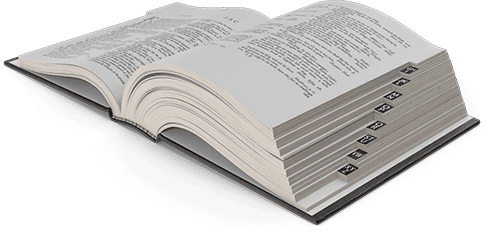
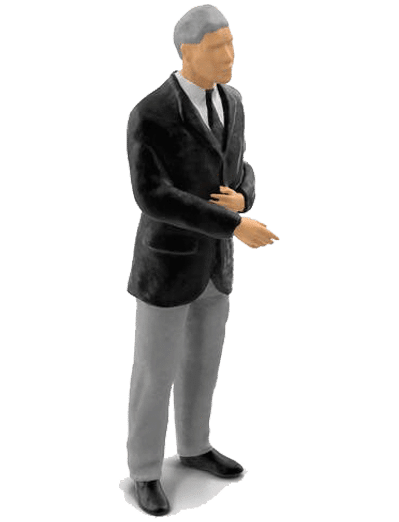

For me, handwriting Examiners are job that I can say, a hard job. Because, this kind of job are needed to train in a long period of time to master or expertise a handwriting Examiners, and also to be a professional handwriting Examiners.
I didn’t know there were professional handwriting examiners. I think that would be a hard job, because I don’t think I could do that. Especially when detecting forgery. They probably train for years though.